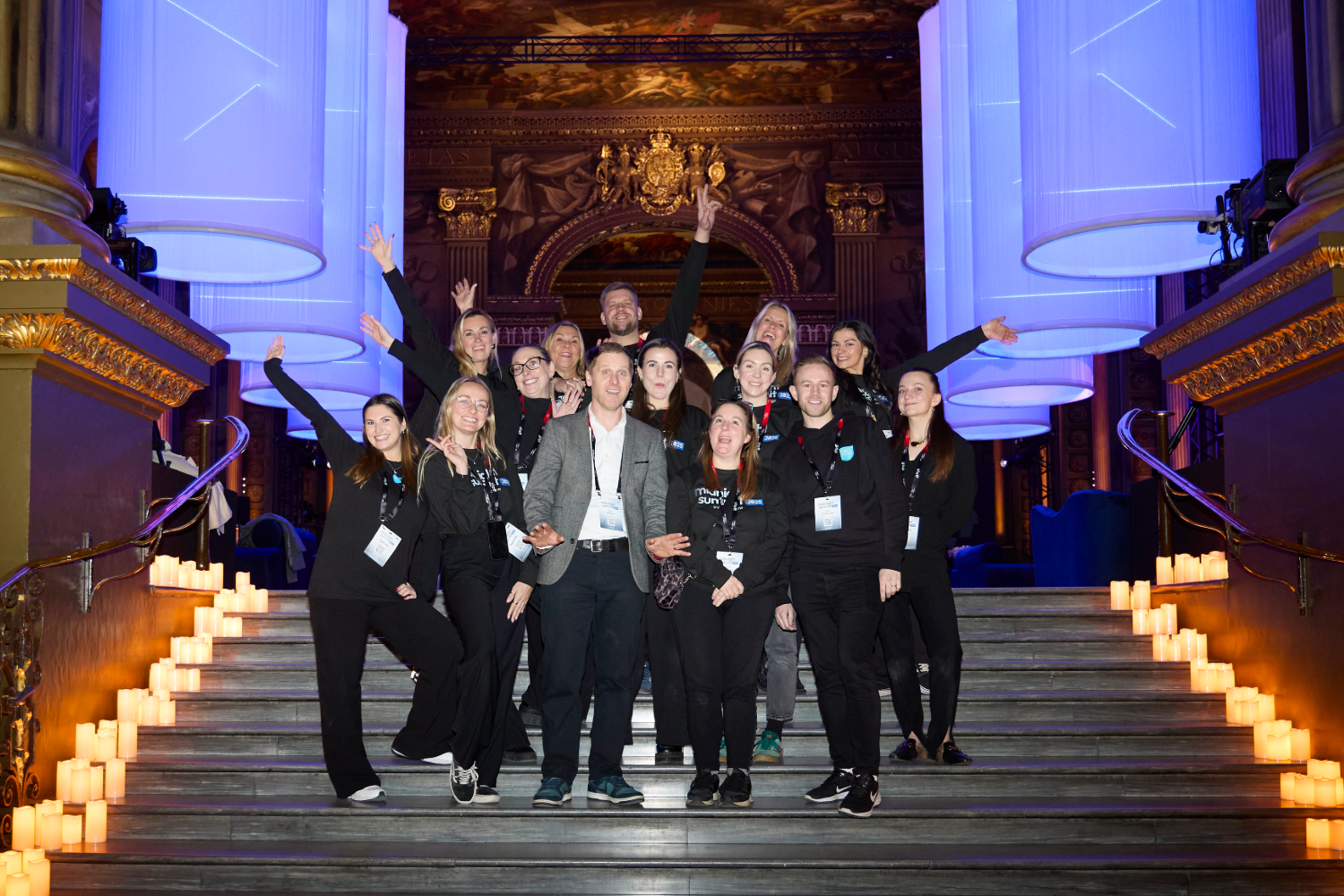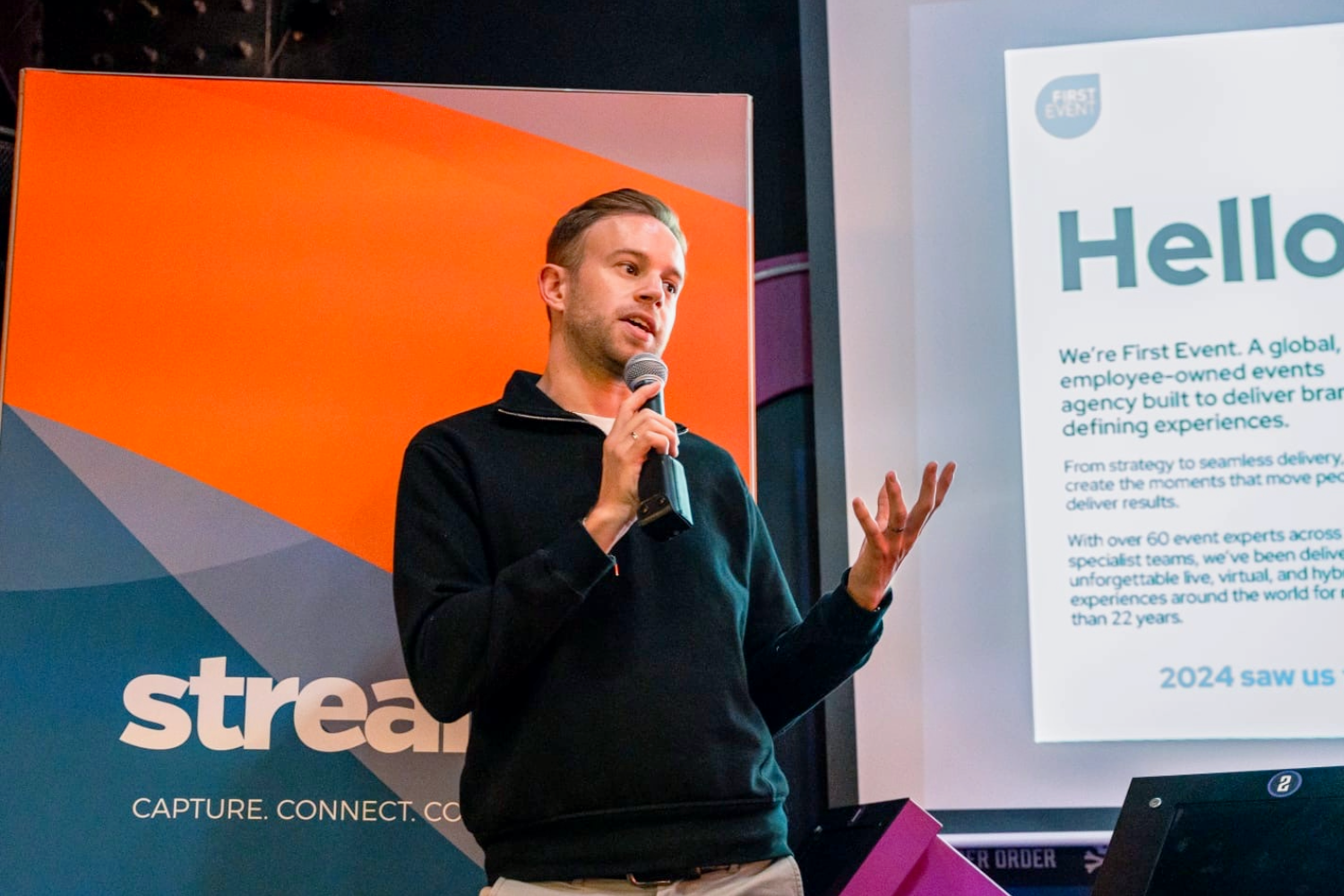
July 14, 2025
Loneliness is a Public Health Issue — But What About the Workplace?
Loneliness isn’t just something that happens to people late at night or on a quiet weekend. It’s increasingly something people are bringing to work with them. The World Health Organisation now recognises loneliness as a global public health concern. But here’s what’s often missed in that conversation: the workplace plays a massive role in how connected, or disconnected, people feel.
And yet, the place where most people spend a third of their waking lives, work, is rarely discussed as part of the solution. This is where People and HR teams have a powerful opportunity. Loneliness and connection should be seen not just as wellbeing concerns, but as core elements of people and culture strategy. From employee engagement to retention and performance, how connected your people feel is fundamental, and it’s time HR leaders put it at the heart of the conversation.
The Belonging Advantage
Belonging is more than just a workplace buzzword. It’s the antidote to loneliness. And for employers, it’s a competitive advantage hiding in plain sight.
When people feel they belong, they’re not just happier, they perform better. According to recent studies, 85% of UK workers say they work more effectively when they feel a sense of community at work. Belonging builds trust, loyalty, and engagement. It’s what keeps people showing up, tuning in, and contributing meaningfully.
But when belonging is absent? Disengagement creeps in. People go quiet. Teams become transactional. Innovation stalls.
Workplaces Can’t Ignore This Any Longer
For years, work culture has leaned into productivity, performance, and output, sometimes at the expense of connection. But here’s the truth: you can’t build high-performing teams without investing in human connection.
Hybrid and remote work setups, while beneficial for flexibility, have quietly created gaps in workplace connection. Fully remote workers are significantly more likely to report feeling lonely. But simply dragging people back to the office isn’t the answer either. It’s not about where people work, it’s about how connected they feel when they do.
Building Belonging Is Everyone’s Job (Especially Leaders)
Belonging doesn’t happen by accident. It takes intention and leadership.
Yet only 35% of UK workers say they trust CEOs in general. That trust gap widens when leaders are distant or disconnected from day-to-day teams. Closing that gap starts with visibility, vulnerability, and shared experiences, not grand speeches or glossy values posters.
It’s about asking: Do our people feel seen? Do they feel safe to show up as themselves? Do they know they matter?
Connection Is a Culture, Not a Calendar Invite
Creating moments that foster belonging can take many forms, mentoring, shared learning, celebrating wins, and encouraging real talk about mental health. And yes, events play a powerful role in sparking that culture. But they can’t be the only time connection happens. Belonging should be baked into how organisations operate, not reserved for offsites and socials.
When belonging becomes part of the culture, teams are more collaborative. Employees feel valued. And workplaces stop being just places people go to work, they become places people want to work.
The Future of Work Is Human
As the world gets more digital, the hunger for meaningful human connection is only growing. Belonging isn’t a soft, fluffy extra. It’s a core need. And for workplaces, it’s a powerful lever for growth, wellbeing, and resilience.
Loneliness might be a public health issue, but belonging? That’s a leadership one. And the workplaces that get it right will be the ones that thrive.
Want to dive deeper into how to build belonging into your workplace culture?
Download our latest report Tackling Loneliness: Re-establishing a sense of belonging through events, where we explore practical strategies, real-life examples, and how events can support long-term connection, whether your team’s in the office, remote, or somewhere in between.



